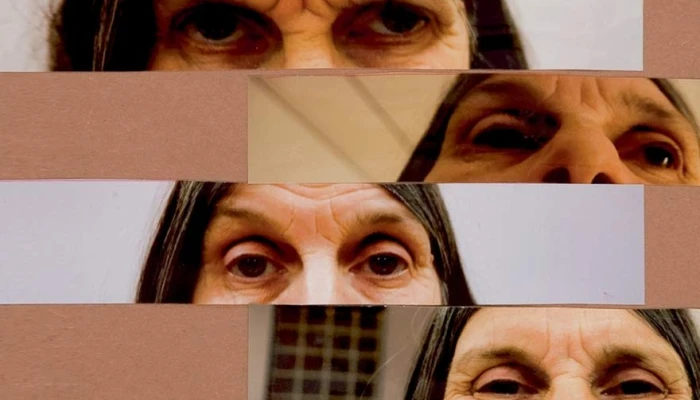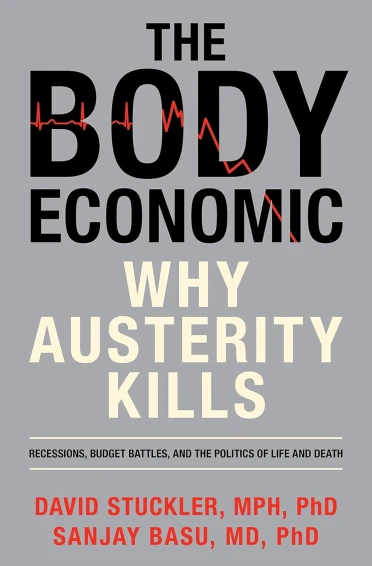
Edited by Virpi Ylanne
Palgrave Macmillan
258 pages (SB)
ISBN 978–0–230–27259–0
These are interesting times for ageing people, people over, say, sixty. On the one hand, the current government portrays them as reviled for living too long, being too selfish, and wantonly grabbing resources that should go to younger people. On the other hand, they are seen as vital resources to help maintain communities through volunteerism. What does the sight of ageing faces and bodies mean to or elicit from younger people? Robert Butler, who coined the term ‘ageism’, says that the embodied figures of ageing reminds us we are mortal and that death is inevitable. Thus, the omnipresence of ageism in Western culture. Certainly, there is little evidence of the romantic notion of the wise elder in our culture. From the media, there seems to be a barrage of ageist imagery from the ‘dear but doddering’ to the ‘sexless old bags and greedy geezers’. This tumble of imagery, both verbal and visual, leaves little room to explore what it really means to be ageing or even to question what ‘old’ means at 60 or 90 – that’s a thirty year age spread. Ageing people are lumped together as if they were a homogenous group – The Old. Given the cultural narratives of ageing that are currently most prevalent, how do these narratives colour the perception of those making bioethical decisions that affect the lives of ageing people? Our notions of what it means to be old are constructions built on cultural narratives and, perhaps, personal relationships.
Representing Ageing: Image and Identities, edited by Virpi Ylӓnne is a collection of essays by gerontologists and sociologists from the UK, Europe, and the US. It explores representations of ageing in three arenas, Age–Targeted and Advertising Images, Appearance, Clothing and Fashion Image, and Self, Family and Community Image. The excellent overview in Ylӓnne’s introduction places the essays in a historical academic context. The book sets out to look at how current images and discourses ‘work in constructing positions for older people in present day society’ (Ylӓnne). Additionally, the book explores the responses of old people to these constructions.
Age–Targeted and Advertising Images
Advertisers have been slow to recognize the potential of tapping into the ‘senior’ market. It appears that advertisers do not want to have their product associated with ageing users unless the product itself is targeted to those users. Deconstructing life insurance and anti–ageing product adverts, and the perceptions of ageing that guided the ad–makers seemed like an exercise in constructing identities for aliens. The ad–makers objectified their target audience, whilst not recognizing that they too will someday, if they are lucky, become ageing persons themselves. The essays included in this section which dealt with print media exemplified the same perplexing notions of wanting to sell stuff to older people but not wanting to appear as if you were selling stuff to older people, or something along those lines. Some of the advertisers and print editors who had been interviewed in the course of this research discussed age denial, age ambivalence or age as a negotiable category. The older people who were interviewed described themselves, for the most part, as savvy consumers who understood that they were being marketed to and what that meant in terms of created images of who they were and what they wanted. The interviewees wanted to be included in the consumer market place and were willing to go along with flawed or outright offensive depictions of their ageing selves.
Appearance, Clothing and Fashion Images
Grey hair, ageing skin, and shifting body shapes send signals both to the older person and the onlooker, of ageing. The decisions to dress artfully to cover new found figure flaws, or colour one’s hair, or the use of cosmetics and other non–surgical procedures to address a growing array of crows’ feet and sagging take on new and different meanings in postmodern Western Culture. How older people present themselves to the world in our consumer culture, which assesses youth as preferable to aged faces, hair, and bodies, is addressed through the lens of choice. The choice to colour one’s hair, leave it long or cut it, style it in tight curls or trendier hair styles, undergo a cosmetic procedure or not, or ‘make the best of what you have’ may seem distinctly superficial. It is not to the older person assaulted with images of beauty and desirability in consumerist Western culture. These decisions take on larger meaning when one wants to be thought of as a competent, capable person not a dear but doddering elderly person in decline. The last essay in this section looks at women’s magazines and the divide between the desires of advertisers and the reality of their readership. There is a growing recognition that older people are, indeed, consumers. This is all about creating a ‘feel good’ relationship. Magazines contain thirty–something models wearing clothing that is meant to be marketed to fifty–something women to enhance their appeal to older consumers. The phenomenon of ‘age slippage’, common in women’s magazines, invites women to be active consumers while instructing them on the art of ‘appropriate’.
Self, Family, and Community Images
This last section of the book is a mix of essays about projects where older people take control, to varying degrees, of images of themselves. The Oldest Generation As Displayed in Family Photographs tells us as much about the power of family, image, and story as it is a record of family in the twenty–first century. This section of the book, which mixes text with photographs, makes for a strong sense of the power of representational images to convey constructed notions of age, class, and gender.
Perception and Research
Many of the essays in Representing Ageing hold to a singular perspective, which is that of the oppressed ageing person. Agency, in most of the essays, is given short shrift. This might lead the reader to believe that older people can be characterized as ciphers, which is certainly not the case. The problem–saturated narrative in most of the essays is challenging for me. There are exceptions to this perceptual flaw in the essays by Julia Twigg, Lorna Warren and Naomi Richard, Caroline Holland and Richard Ward, and Bill Bytheway and Joanna Bornat. These essays cause the reader to stop, examine one’s assumptions, and perhaps shift a bit from a story of age that is infused with ageism. They invite a perception of older people as vital and authors of their own lives.










